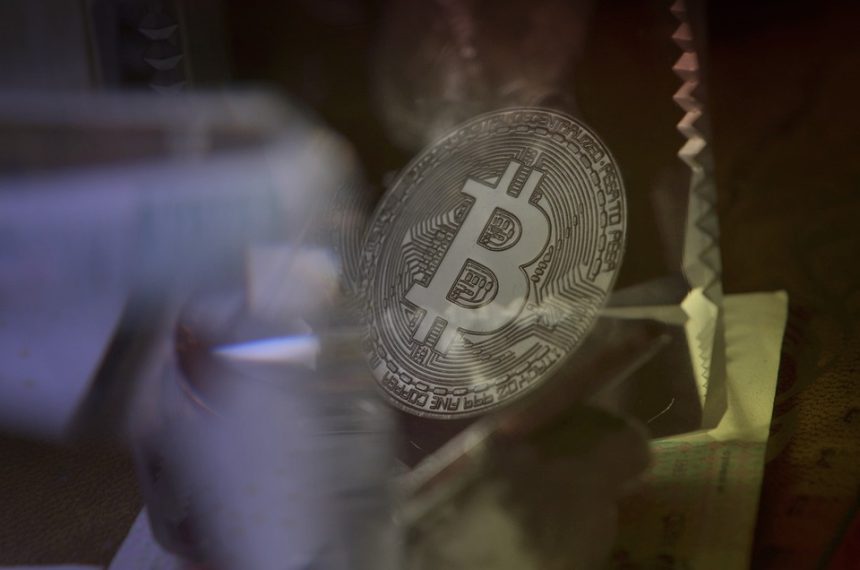Introduction
In the rapidly evolving world of decentralized finance (DeFi), Automated Market Makers (AMMs) have emerged as a revolutionary mechanism for trading digital assets. Unlike traditional exchanges, which rely on order books and centralized intermediaries, AMMs enable peer-to-peer transactions by utilizing smart contracts and liquidity pools. This article delves into the intricacies of AMMs, exploring how they function, their benefits, challenges, and their significant impact on the DeFi landscape.
Understanding AMMs
Automated Market Makers are protocols that facilitate the trading of cryptocurrencies without the need for an order book. They operate on the principle of liquidity pools, which consist of smart contracts that hold reserves of tokens. Users can trade cryptocurrencies directly with these pools based on pre-defined algorithms, most commonly using constant product formulas.
The Mechanics of AMMs
-
Liquidity Pools: At the core of AMMs are liquidity pools, which are collections of funds locked in smart contracts. Users called "liquidity providers" (LPs) contribute assets to these pools in exchange for a share of the trading fees generated by the trades executed within the pool. Unlike traditional exchanges, where buyers and sellers must match, AMMs allow users to trade against the pool itself.
-
Pricing Mechanism: AMMs use mathematical formulas to determine the price of assets. The most prevalent formula used is the Constant Product Market Maker (CPMM), employed by protocols like Uniswap. The formula (x \cdot y = k) ensures that the product of the quantities of the two assets (x and y) in the pool remains constant (k) regardless of any trades executed. This means that as one asset is bought, its quantity decreases, resulting in an increase in the price of that asset.
- Slippage and Impermanent Loss: While AMMs offer unique advantages, they come with inherent risks. One such risk is slippage, which occurs when the execution price of a trade differs from the expected price due to fluctuations in the liquidity pool’s balance. Additionally, impermanent loss is a phenomenon that affects liquidity providers when the price of tokens in the pool diverges significantly compared to holding the tokens outside the pool. This can lead to a reduction in potential returns compared to simply holding the assets.
Benefits of AMMs
1. Increased Accessibility
AMMs provide unparalleled access to liquidity. Participants can enter and exit markets without waiting for matching orders, democratizing trading and opening opportunities for smaller investors who might not have access to traditional platforms.
2. Passive Income for Liquidity Providers
By contributing assets to liquidity pools, LPs can earn a passive income from trading fees. This incentivization has led to an explosion of liquidity in DeFi, allowing for deeper liquidity across various trading pairs.
3. Decentralization and Transparency
AMMs operate on decentralized networks, allowing users to trade without the need for intermediaries. Transactions are recorded on public ledgers, ensuring transparency and reducing the risk of manipulation typical in centralized systems.
Challenges and Risks
1. Impermanent Loss
As mentioned earlier, impermanent loss is a significant risk for liquidity providers. When the price of tokens in a pool experiences volatility, providers may face loss compared to simply holding their assets. It’s essential for LPs to carefully consider price movements and volatility before contributing to liquidity pools.
2. Smart Contract Vulnerabilities
Despite the benefits of decentralization, smart contracts can be susceptible to bugs and exploits. There have been notable incidents where vulnerabilities in AMM contracts led to substantial losses for users. Ongoing audits and robust security practices are critical in addressing these risks.
3. Market Depth and Slippage
AMMs can suffer from a lack of depth in their trading pools, particularly for less popular trading pairs. This limitation can result in significant slippage, impacting the overall trading experience for users.
The Future of AMMs
AMMs have already transformed the financial landscape, but they are likely to continue evolving. Emerging projects are focusing on addressing the challenges of impermanent loss through innovative solutions, including dynamic liquidity provision and advanced arbitrage mechanisms. Additionally, hybrid models that combine the benefits of AMMs and traditional order book systems are gaining traction.
As institutional interest in DeFi grows, AMM protocols will likely need to adapt to accommodate larger volumes while maintaining decentralization and user security. Furthermore, regulatory developments may influence how AMMs operate in the future, necessitating compliance without sacrificing the core principles of decentralization and transparency.
Conclusion
Automated Market Makers and liquidity pools represent a groundbreaking shift in the way assets are traded. By leveraging smart contracts, AMMs offer unprecedented access to liquidity, democratizing finance for millions worldwide. While challenges remain, the potential for innovation and continued evolution makes AMMs a crucial component of the DeFi ecosystem. As the market matures, it will be fascinating to observe how AMMs adapt to meet the demands of traders, liquidity providers, and regulatory bodies, ultimately shaping the future of digital asset trading.





